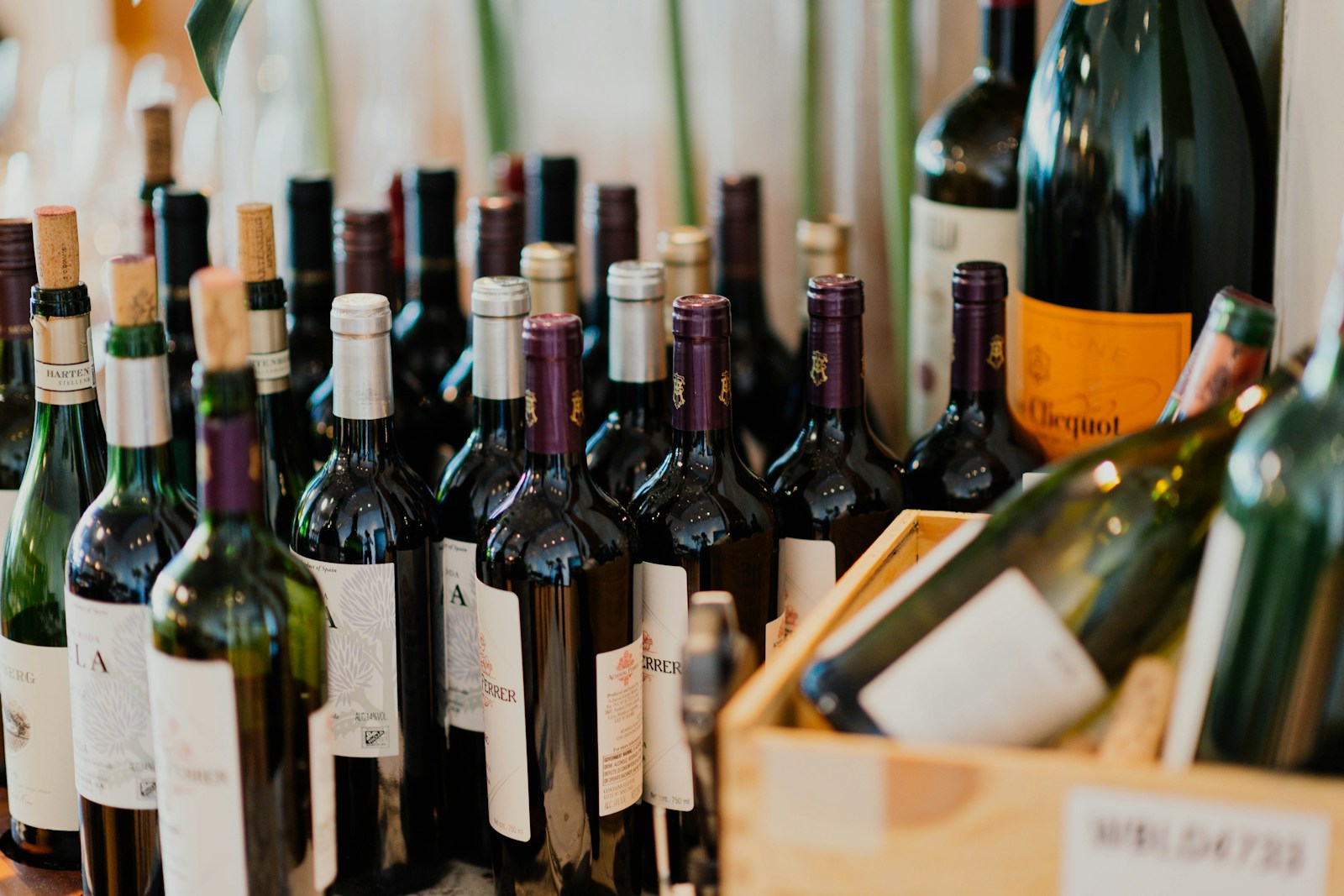Shining a Light on Local Wineries
Small-scale American wineries are in the throes of a daunting battle. Earlier this year, winemaker Patrick Cappiello of Monte Rio Cellars in California put forth an urgent appeal on Instagram. He stressed the struggle faced by American wineries due to a glut of wine inventory and dwindling sales. Cappiello urged his 37,000 followers to exclusively buy American wine for two months, warning that many beloved local wineries were at risk of closure.
The Global Wine Industry’s Quandary
His bold call to action set off ripples of conversation in a sector grappling with a surplus of global production and a marked decline in consumption. Globally, wine consumption dropped 13% in 2023 from peak levels in 2007. Meanwhile, in the U.S., the number of wineries has been growing at a rate of 4% annually since 2010. With over 11,000 wineries in operation by 2022, sales are stumbling as health-conscious consumers decrease their alcohol intake and seek alternatives like spirits, cannabis, and canned cocktails.
Wine: A Global Melting Pot
However, the appeal to buy only American wine sparked a larger debate. Unlike other products, wine is widely celebrated for its diversity. It’s recognized for the stories it tells about various regions, grapes, and styles. According to Isabella Tenorio, a top sommelier at RPM Restaurants, exclusively buying American could limit this world-spanning narrative.
Traditionally, Americans prefer to buy domestically produced goods. This sense of patriotism also carries an implication of quality and longevity. Despite this, Nova Cadamatre, a Master of Wine and owner of several wine brands, points out that 70% of the U.S. wine market is domestic, while imported wine only constitutes 30%.
Survival Struggles of Small U.S. Producers
However, small American producers like Cappiello and Cadamatre face a significant challenge. Wines crafted by small-scale producers cost more to produce than the wines most frequently purchased by American consumers. Around 73% of wines in the U.S. market sell for under $8. These affordable, generic wines typically come from large corporations with the capacity for extensive economy of scale.
Despite these challenges, premium American wines, particularly California reds, still enjoy a strong presence in Chicago’s many steakhouses. Still, for small producers outside iconic regions like Napa, competition is steep. Inexpensive, high-quality imported wines and a preference among wine professionals for European imports have exacerbated their struggles.
Overcoming the Eurocentric Bias
Wine director Lee Gusman of Printers Row Wine Shop acknowledges a bias towards European wines. This prejudice stems from traditional wine education and distinct preferences for the characteristics associated with European wines. Still, Gusman agrees that American winemakers deserve the limelight for redefining American wine.
Despite this, he points out that many incredible American wines fail to make their way into consumers’ hands. Grant Barnow, the wine director at The Oakville Grill & Cellar in Fulton, echoes this sentiment. The focus on exclusion rather than exploration is detrimental to appreciating the global tradition of winemaking, he argues.
Supporting Local Wineries: A Boon for Economies
Nova Cadamatre clarifies that supporting small domestic wine producers plays a crucial role in bolstering local economies. Despite the tough market, she believes that the main challenge isn’t domestic versus imported wines. Instead, it’s about restoring consumer interest in wines overall, positioning them as part of a healthy lifestyle.
There’s no denying that American wines, often innovative and exciting, are worth discovering. Producers such as Monte Rio Cellars, Bergstrom, Stolpman Vineyards, and Trestle Thirty One provide a stellar array of domestic wines for consumers to explore and enjoy.
So, while the ‘Buy American’ directive is not a universal strategy, the call for locals to support their vintners stays vital. In the end, the complex world of wines welcomes all, from locally grown specialties to international delights. It’s an invitation to explore, savor, and appreciate the rich diversity that makes every bottle unique.

